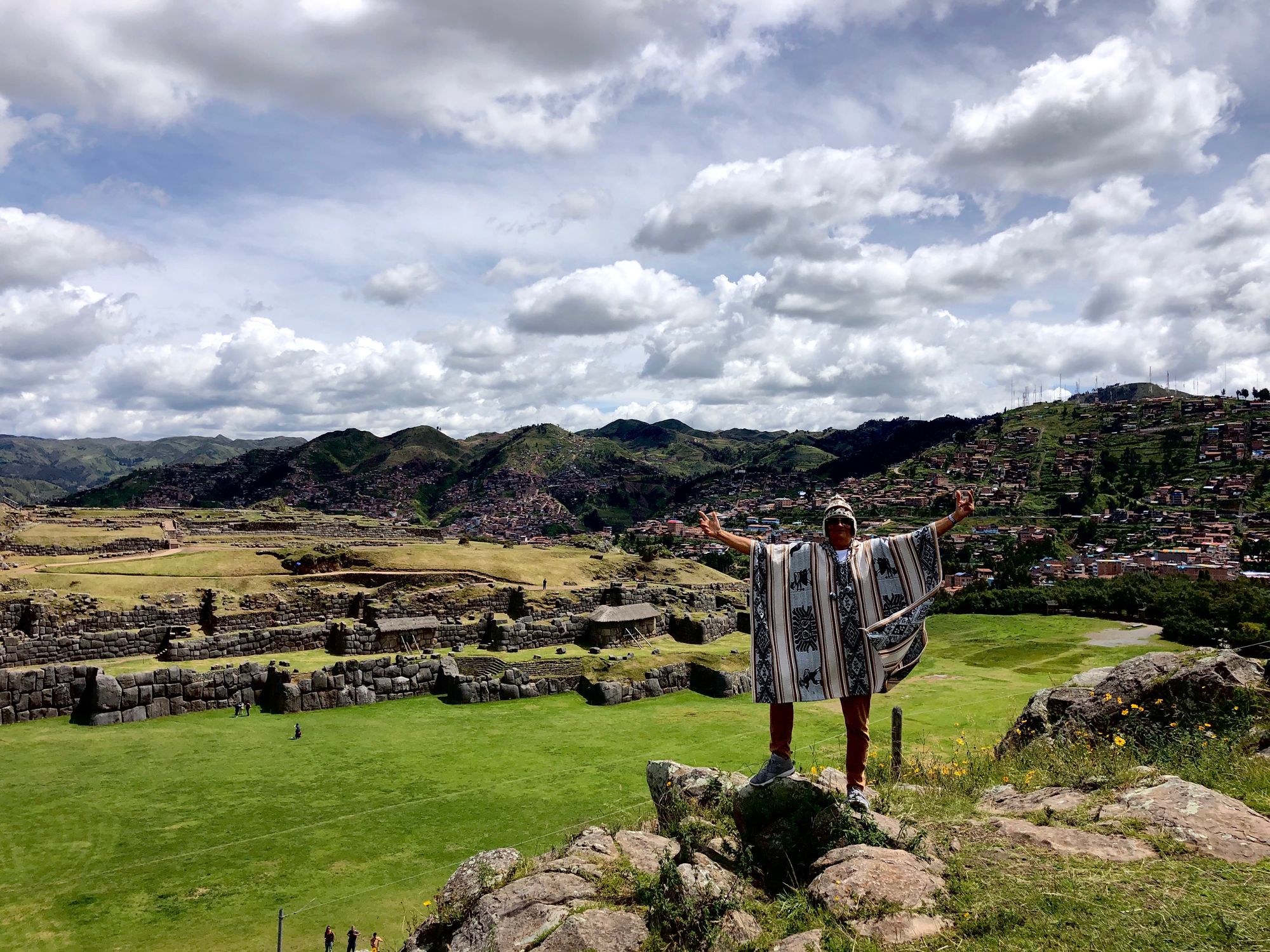Crafted by Celestial Forces: The Intriguing Enigma of Inca's Monumental Legacy
Nestled within the formidable embrace of the Andes, an ancient testament of architectural grandeur stands steadfast against the sands of time. This is the legacy of the Inca Empire - a civilization that thrived centuries ago and yet remains shrouded in mystery. Consider the scale of the spectacle: colossal monoliths,

Nestled within the formidable embrace of the Andes, an ancient testament of architectural grandeur stands steadfast against the sands of time. This is the legacy of the Inca Empire - a civilization that thrived centuries ago and yet remains shrouded in mystery.
Consider the scale of the spectacle: colossal monoliths, some weighing in the realm of tens of tons, were carved and placed with meticulous precision. This was not the work of ordinary stone masons. This was a skill, an art form, the likes of which echoed an uncanny mastery over the material world. The sight of these stone behemoths, perfectly interlocked without a speck of mortar, is a spectacle that evokes awe and wonder even today.
The iconic hilltop city of Machu Picchu stands as a proud testament to this architectural genius. Despite the often tremulous temperament of the Earth beneath them, these structures remain defiant, bearing witness to an engineering marvel crafted by a society lacking any known form of written language. The Inca technique, known as "ashlar," involved sculpting stones to fit together so tightly that it leaves no room for even a blade of grass to slide in.
Parallel to their architectural prowess, the Incas were creative communicators. Without a conventional written language, they birthed an innovative system of knotted cords, known as "quipu" or "khipu." This sophisticated system recorded complex numerical data, and possibly even narratives, challenging our traditional understanding of societal advancement.
Leap forward several centuries to the vibrant streets of present-day Cusco, and you'll find the descendants of these ancient architects wearing sandals crafted from repurposed car tires. This stark juxtaposition brings forth an intriguing question: How could the descendants of a civilization capable of such architectural wizardry adopt such simple solutions?
This contrast, however, may be less of a decline and more a testament to the Incas' enduring spirit of resourcefulness. Today's Peruvians, much like their ancestors, harness what resources are available to them - a trait that underscores the tenacity of human ingenuity.
This dazzling dichotomy serves to accentuate the enigma of the Inca civilization: a monumental legacy crafted by what seems like celestial forces, by a society devoid of traditional written language. It challenges us to rethink our understanding of progress and technological evolution. The story of the Incas is a stark reminder that the path of human cultural advancement isn't linear, but a kaleidoscope of diverse, and often surprising, manifestations of ingenuity.




